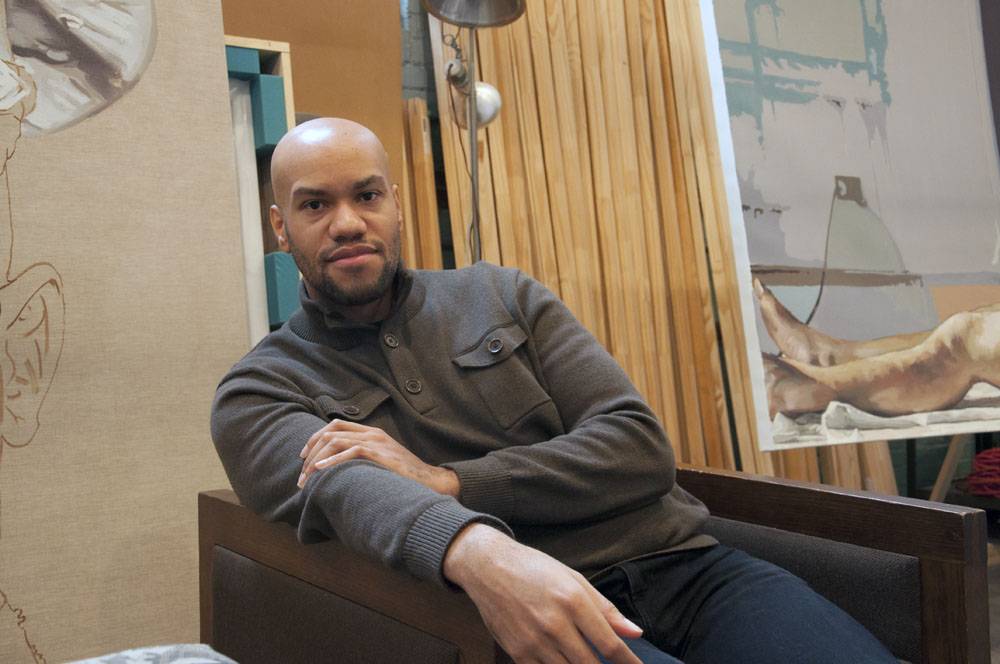Welcome to WorkSpace, a new series featuring an inside look at the places where local artists roll up their sleeves and take care of business. For each installment, I’ll bring an interview with a local C-U artist, complete with photographs of their work, to showcase his or her craft and expertise.
For our inaugural interview, we take you to Patrick Hammie‘s studio. Hammie is an American artist best known for his large-scale portrait and figural paintings. His work draws from art history and visual culture to examine ideas related to cultural identity, masculinity, beauty, and sexuality. He lives in Champaign-Urbana, and works as an associate professor at the University of Illinois.
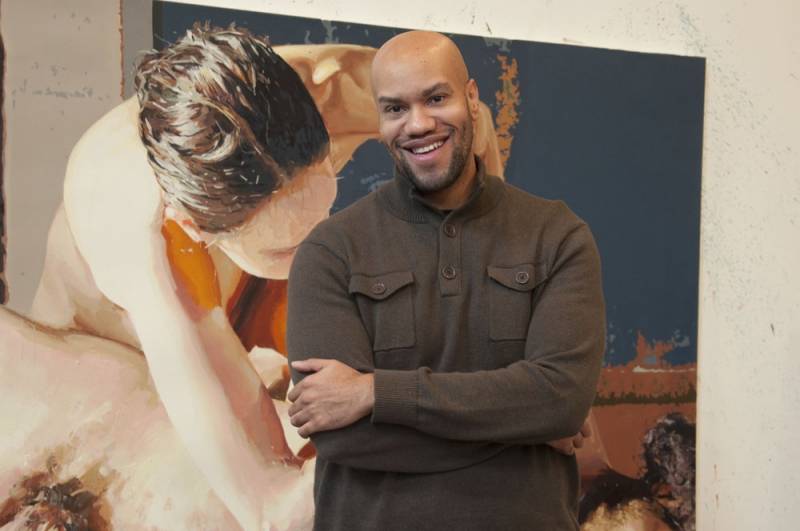
Smile Politely: Describe your current work and the creative process of Inheritance.
Patrick Hammie: Since moving to Illinois from Connecticut in 2009, when I accepted a faculty position at the University of Illinois Urbana-Champaign, I’ve participated in the local art scene, exhibiting and lecturing. I did a three-month artist residency at the John Michael Kohler Arts Center in Wisconsin. Through those experiences, I gained a good survey of the region’s culture. I was affected by the rich history of movements like AfriCOBRA and institutions like Art Chicago (Expo Chicago), but equally moved by the abundance of historical sundown towns and proportionally a small number of diverse voices through the region.
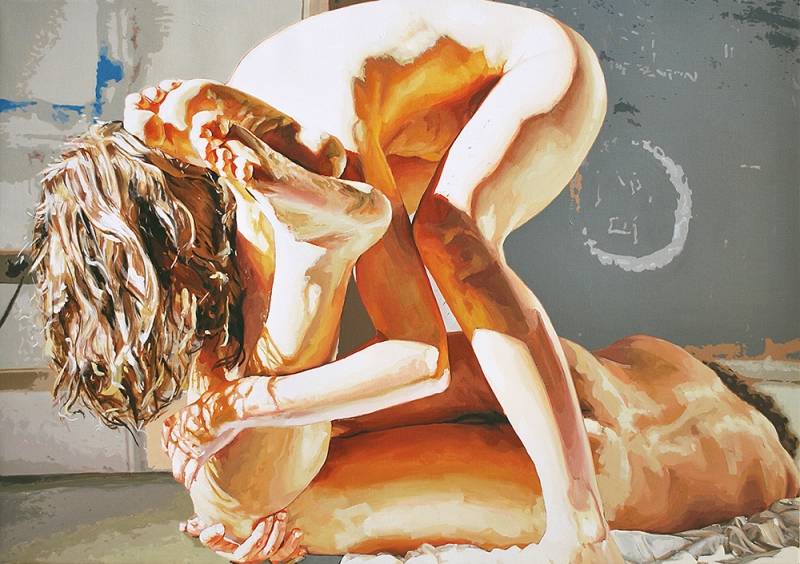
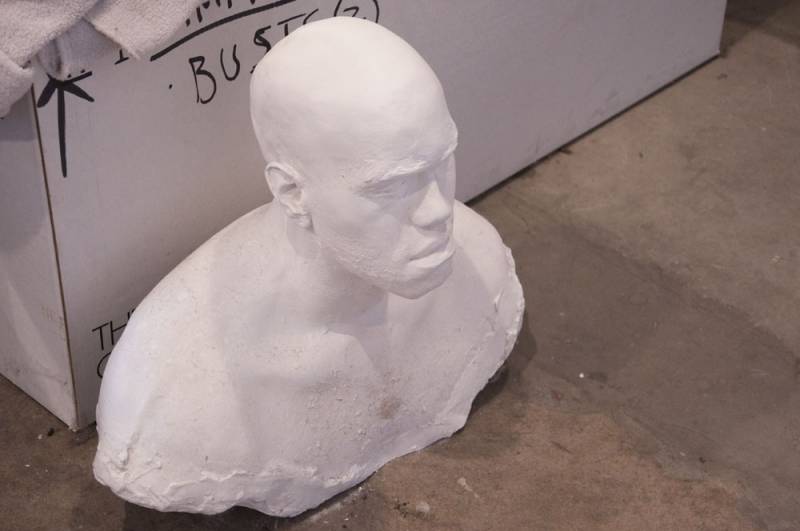
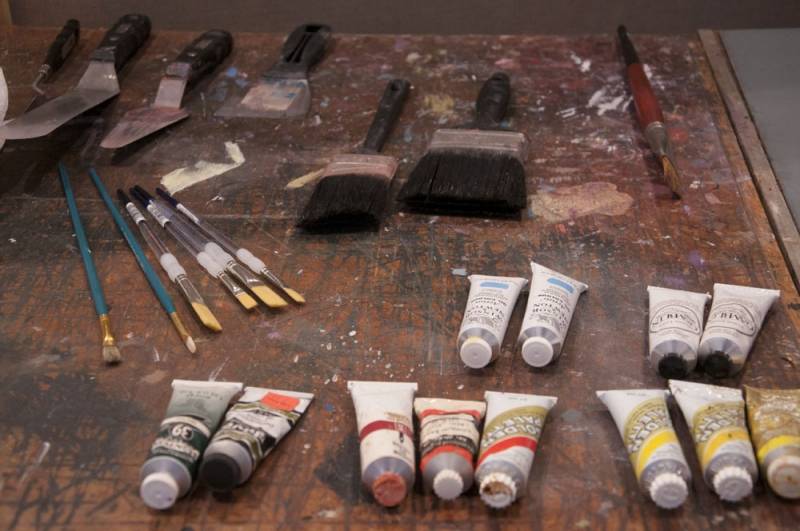
When I returned to my studio from Kohler in September 2011, I began production on paintings that question inherited visual expectations of historically marginalized people, and worked to re-orient how meaning is made around those bodies. I was informed by traditional representations of women and people of color in art, and present effects of institutional exclusion of minority groups from authorship of their cultural and political narratives. The communal environment at Kohler encouraged me to collaborate more; I worked with studio assistants, art historians, and museum directors on this new direction. In contrast to my previous projects, which featured a minimalist depiction of single male figure, this project, Significant Other, presents male and female figures locked in a physical exchange. Paintings like “Nadir” from 2012 feature a commanding woman rotating a reclined man’s body to his side. I’m interested in constructing moments where traditionally masculine and feminine strengths are conflated in the woman’s actions while the man’s body is vulnerable to public critique, to introduce the woman as an active authority and relieve the man from ”macho” performance.
This exhibition marks my first solo in Chicago and collaboration with Kruger. I hope for a robust discussion around these topics and look forward to meeting those readers who can attend the opening.
SP: What is the most significant influence affecting your work today?
Hammie: I’m from Connecticut, born in New Haven — I spent half of my life there — and the other half in South Carolina. Now, living in the Midwest, I have a decent survey of the cultural and art scene here.
I have always liked history — especially American history. That’s how I was confronted with work from James W. Loewen, his book Sundown Towns is briefly about how from Maine to California, thousands of communities kept out African Americans (or sometimes Chinese Americans, Jewish Americans, etc.) by force, law, or custom. These communities are sometimes called “Sundown Towns”. Springfield tried to kick out black people but they fought back. Towns around C-U used to be sundown towns too, and some towns are still all white on purpose. That means a very different context from living in the east, and affects work and life in general. Even today this is reflected as a low presence of black people at the University of Illinois, in faculty, students, etc.
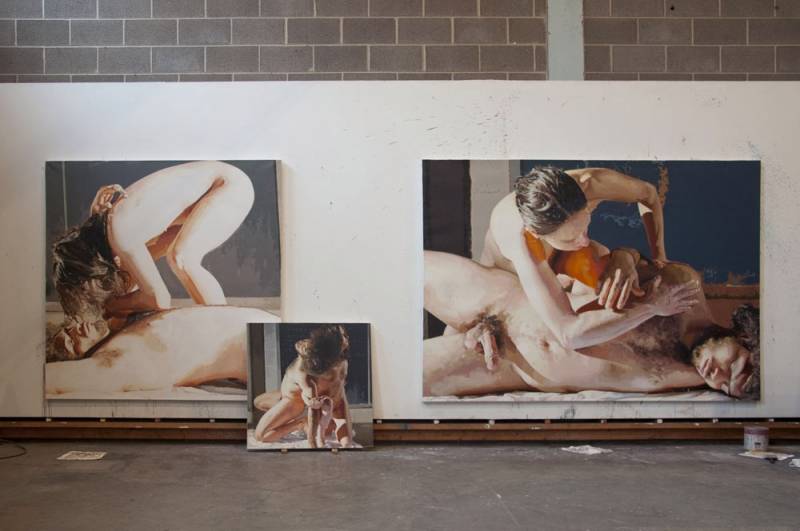
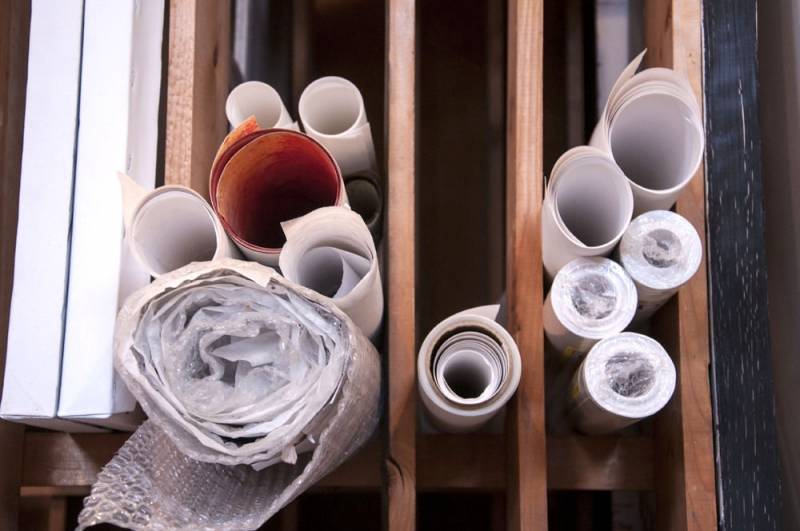
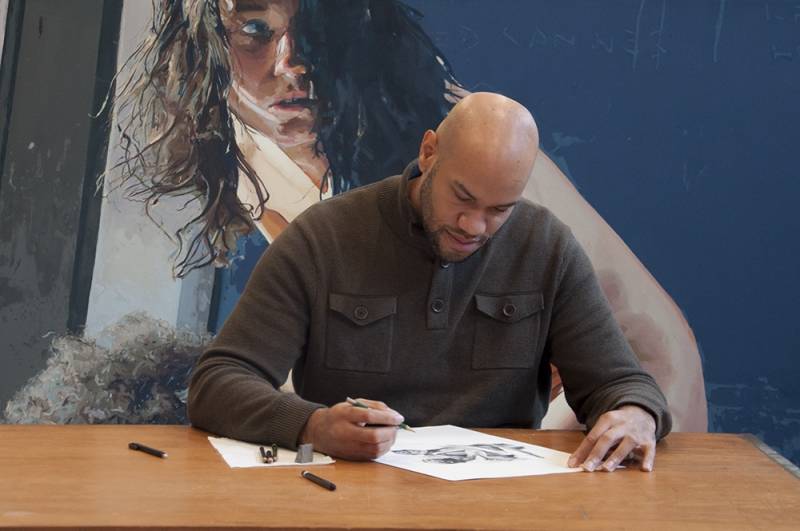
SP: What is your favorite thing about your workspace? What would you change about it if you could?
Hammie: My favorite thing is the space. I’m very fortunate with the resources that I gained from working in the university to have a space that allows me to work on almost any scale I choose, and have access to other resources like workshops, fabrication labs, electronic equipment for documentation — all of these things sets you in a different level of privileges.
The thing that I would change in my space is storage.
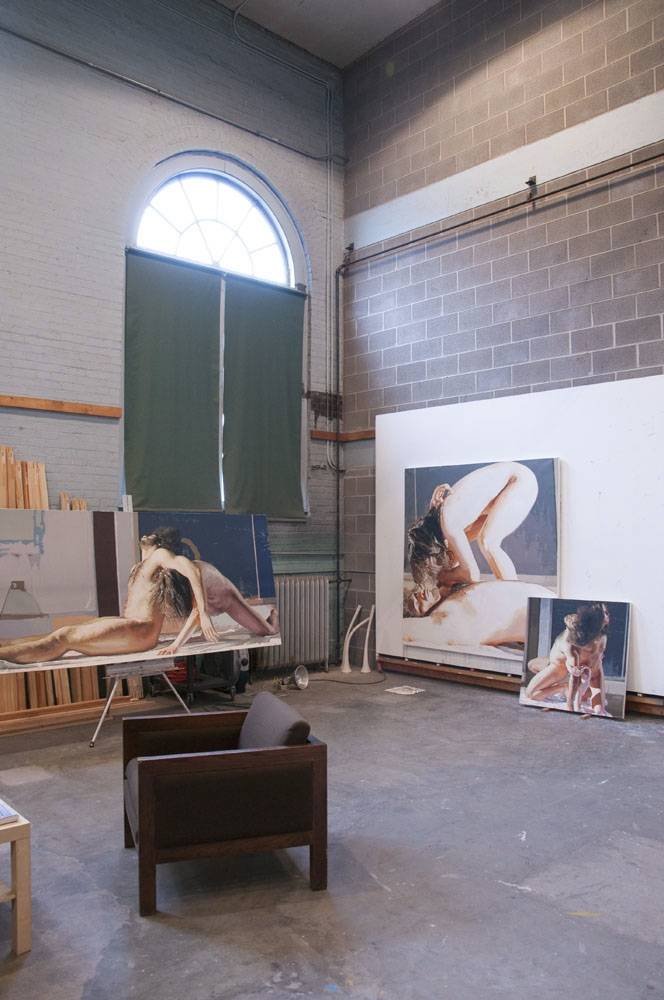

SP: Could you recommend us a film, and explain why you chose it?
Hammie: I’d like to encourage people to go back and see Steve Mcqueen’s 12 Years a Slave. It’s a story of an American hero, based in real life. I think for people who are hungry for true stories — American stories, biography and historical stories, well-told stories or for beautifully filmed stories — this is a movie that provides you a strong experience.
My favorite film is The Matrix, it came out in 1999. When I went to see this movie with a friend, it blew our minds! It is a very well-crafted piece of art — the Wachowski siblings are super generous and thoughtful about how to represent stories. What I mean is: you can watch this movie for the explosions, you can watch it for the kung fu, you can watch it for the science-fiction technique, or you can watch it for the interpersonal relationships. The movie is full of references — like Nietzsche or a fantasty reference like Alice and the rabbit hole — so you can see it from many different points of view. That’s what I think is a piece of art.
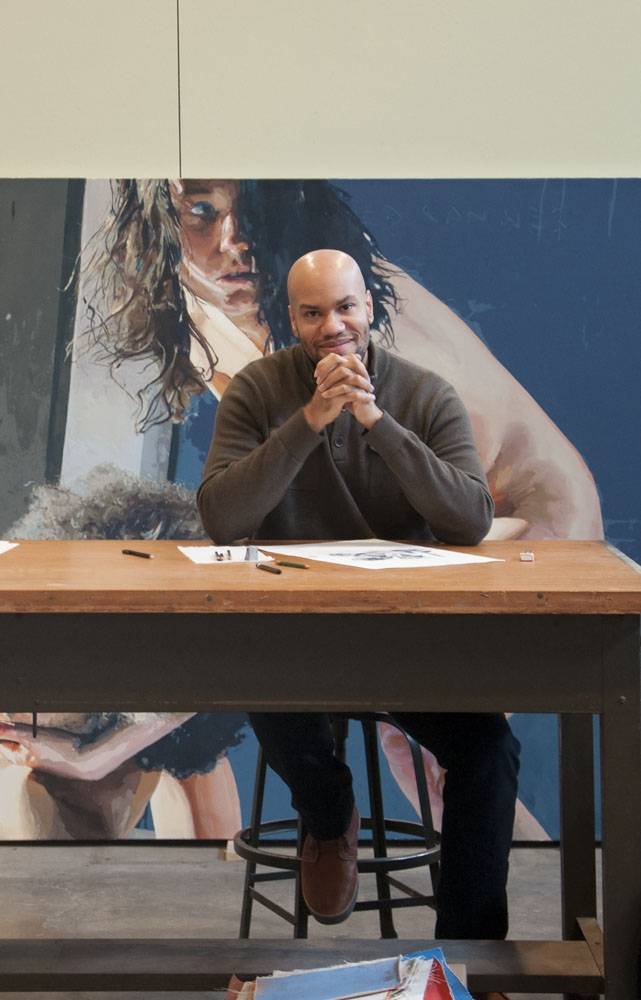
Upcoming exhibit:
His upcoming solo exhibition, Inheritance, will be at Kruger Gallery in Chicago. There will be an opening reception on Thursday, February 25th from 6-8 p.m. at the gallery and an artist talk Saturday, March 19th at 2 p.m.
Find Hammie online:
About Jimena
Jimena is a photographer at Smile Politely. Find more of her work and photographs online:








